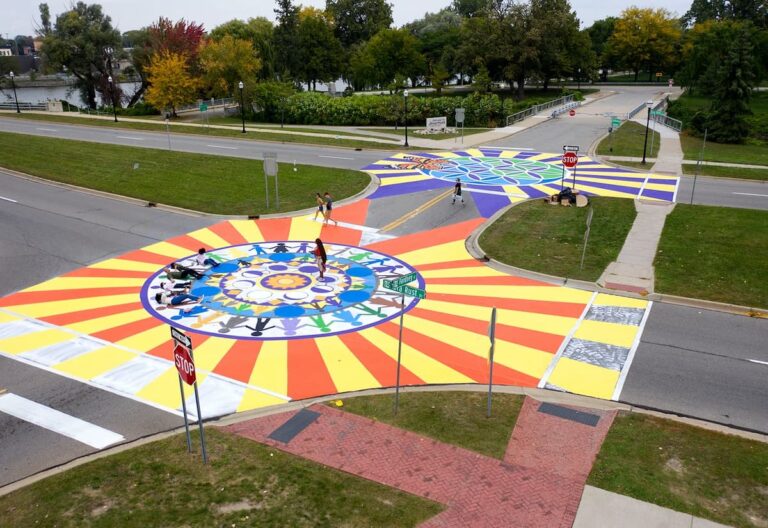Study Regional Bike-Share in the Twin Cities
The legislature direct MnDOT to change the way that speed limits are set in the state, prioritizing safety and accessibility over the 85th percentile rule.

The legislature direct MnDOT to change the way that speed limits are set in the state, prioritizing safety and accessibility over the 85th percentile rule.

The legislature direct MnDOT to change the way that speed limits are set in the state, prioritizing safety and accessibility over the 85th percentile rule.

Minnesota must address the pedestrian safety crisis by regulating heavy and oversized vehicles.

Traffic modeling used to justify highway rebuilding and expansion is outdated and inaccurate.

The Community Preferred Alternative Act would make community consent mandatory before major transportation projects can move forward.

Legislators should clarify the definition of highway purpose to include the many ways that Minnesotans use the trunk highway system, including multimodal infrastructure for walking, biking, and public transit.

This law would add long-overdue protections for communities poisoned by transportation infrastructure.

We want to reiterate our position and concerns on traffic cameras and automated enforcement as the City of Minneapolis advocates for their legalization.
The City of Minneapolis is advocating for a bill to legalize automated traffic enforcement in Minnesota, and seeks to implement a pilot program as soon as “traffic safety cameras” are legalized. To inform a potential pilot and future program, the City is hosting open house information sessions to share information and collect resident feedback.

Asphalt art is a proven solution for beautifying streets, reducing crashes, increasing walkability, and supporting local artists.

Following community input, the City’s project team has developed preliminary design concepts for both the New Nicollet Avenue street and potential public space on the site.
End of content
End of content